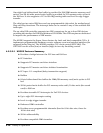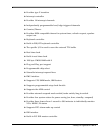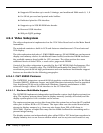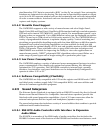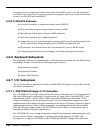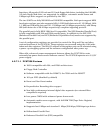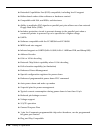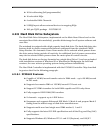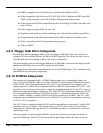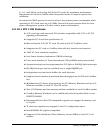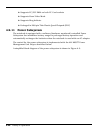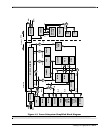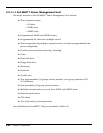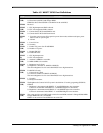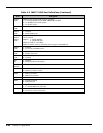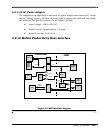
4-18 Theory of Operation
♦ CMD's complete set of 32-bit drivers handle both DMA and PIO
♦ Fully compatible with the latest PCI, PCI IDE, ATA-2, Enhanced IDE, Fast IDE,
ATAPI, plug and play, and ATA-2 Power Management Feature Set
♦ Fully supports all ATAPI-compatible devices, including CD-ROM, tape, MO, and
other devices
♦ Fully supports legacy (IRQ 14 and 15)
♦ Hardware and software mode switching and chip enable/disable capabilities
♦ Programmable read-ahead and write-back buffers enhance transfer rates
♦ Fully compatible with all major operating systems
♦ 100-pin PQFP
4.2.9 Floppy Disk Drive Subsystem
The Extensa 900 is equipped with a 3.5-inch floppy disk drive that can read/write
standard 3.5-inch disks (either1.44 MB or 2 MB capacity). The drive can also read a
720 KB disk (for interchange of data with other computers).
The data transfer rate for the floppy disk drive is 500 Kbits per second for high-density
disks and 250 Kbits per second for double-density disks.
The floppy drive controller is implemented on the PC87338 Super I/O Controller chip
described in the previous paragraphs.
4.2.10 PCMCIA Subsystem
The notebook is equipped with a PCMCIA subsystem that accomodates either two
Type I or Type II PCMCIA cards or one Type III card. The heart of the PCMCIA Subsystem
is the TI PCI 1130 high-performance PCI-to-PC Card controller that supports two
independent PC Card sockets compliant with the 1995 PC card standard. The PCI 1130
provides a set of features that make it ideal for bridging between PCI and PC Cards in
both notebook and desktop computers. The 1995 PC Card standard retains the 16-bit
PC Card specification defined in PCMCIA release 2.1 and defines the new 32-bit PC
Card, called CardBus, capable of full 32-bit data transfers at 33 MHz. The PCI 1130
supports any combination of 16-bit and CardBus PC Cards in its two sockets, powered
at 3.3V or 5V as required.
The PCI 1130 is compliant with the PCI local bus specification revision 2.1, and its PCI
interface can act as either a PCI master device or a PCI slave device. The PCI bus
mastering is initiated during 16-bit PC Card DMA transfers or CardBus PC Card bus
mastering cycles.
All card signals are internally buffered to allow hot insertion and removal without
external buffering. The PCI 1130 internal data path logic allows the host to access



